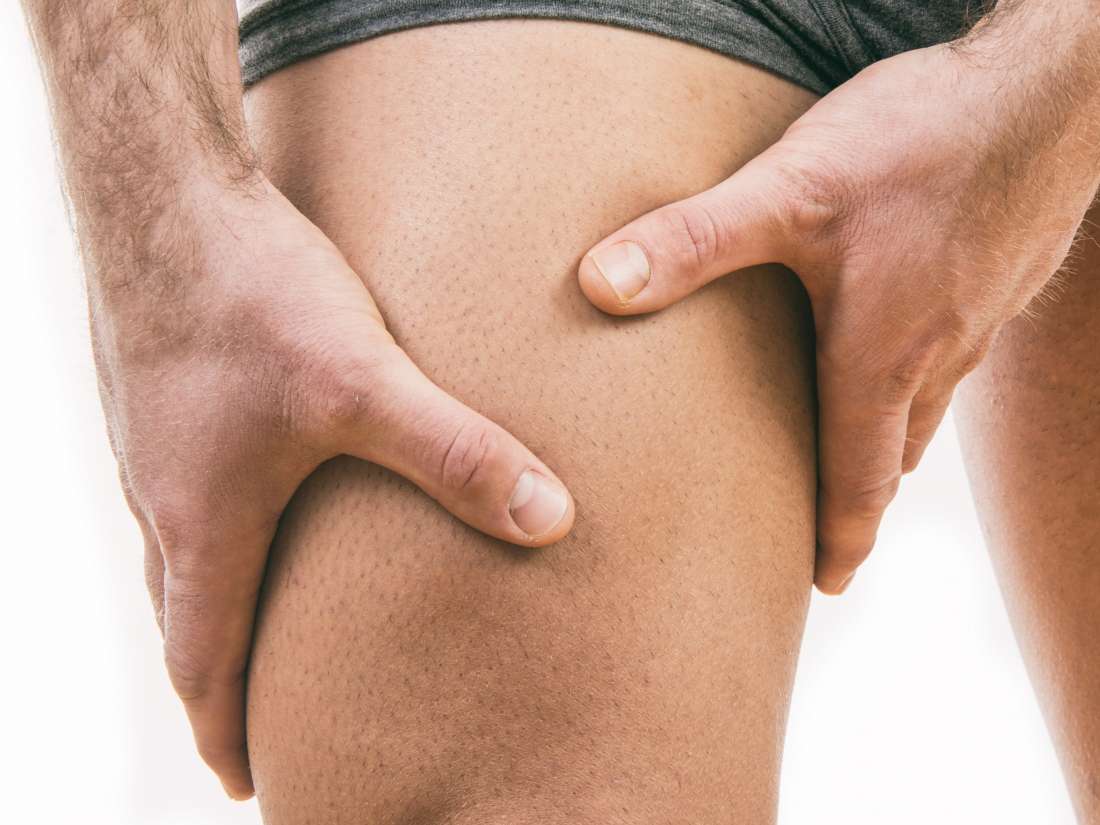One of the aesthetic problems that can be found in the most common legs are varicose veins or spider veins, but attack women with a greater proportion than men, which is why apart from being unsightly, they can cause vascular problems, circulation in the person who suffers.

What are varicose veins?
Vein disease is inflamed veins that can be seen twisted and bulging in the skin usually found usually in the calf or in the inner area of the leg. They can be of different colours ranging from blue tones to dark purple.
Varicose veins appear as a manifestation due to chronic venous insufficiency, which affects the circulation. These if they are large and very bulky, may present pain, cramps and heaviness of legs that make them very uncomfortable for the person who suffers.
Varicose veins have a hereditary genetic factor, obesity also influences their appearance, having passed through a pregnancy, not performing physical activities and therefore not activating circulation, spending many hours sitting or standing...
What causes varicose veins in the legs?
We can say that varicose veins are veins that exceed 5mm in size, which are found in the superficial venous system, that is, they are closer to the skin, and that is why they become visible.
The smaller varicose veins are the spider veins that occur in the capillaries.
In the legs the blood circulates in the opposite direction to the force of gravity, that is why the veins have valves of one direction that cause the blood to flow in a downward direction.
If these valves become weak and stop working, the blood circulates with anomaly and creates areas of reflux, which is why reflux increases and produces a deformation that causes the veins to dilate, and these are called varicose veins.
Varicose veins: what symptoms do they present?
The most common symptoms that varicose patients present are:
- Pain in the legs, they are heavy.
- The defective veins change colour with a blue or purple colour.
- Sometimes swollen feet and ankles are noticed.
- Itching or discomfort may appear on the legs.
- Cramps may be felt in the legs and in the area where varicose veins or spider veins appear.
How are varicose veins diagnosed?
For the diagnosis of varicose veins, you should go to the vein specialist so you can perform a medical examination at center for vein restoration. The most common diagnosis is through a Doppler ultrasound, which will help visualize the functioning of the veins and you can see the valvular competence, in addition it is a non-invasive test at American vein center so it does not cause any pain to the patient.
How do we treat varicose veins in the legs?
At laser and vein center one can get the vein treatment. In addition, thanks to this treatment at vein laser clinic, the patient will be able to leave the vein clinic by his / her own feet and carry out his / her life with total normality, if need to be at rest, be admitted or request a sick leave.
Article Source Url: http://varicoseveinscure.strikingly.com/blog/varicose-veins-in-the-legs-how-do-we-eliminate-them-b2790f3c-85a7-452a-9a50-832c811c6128
















